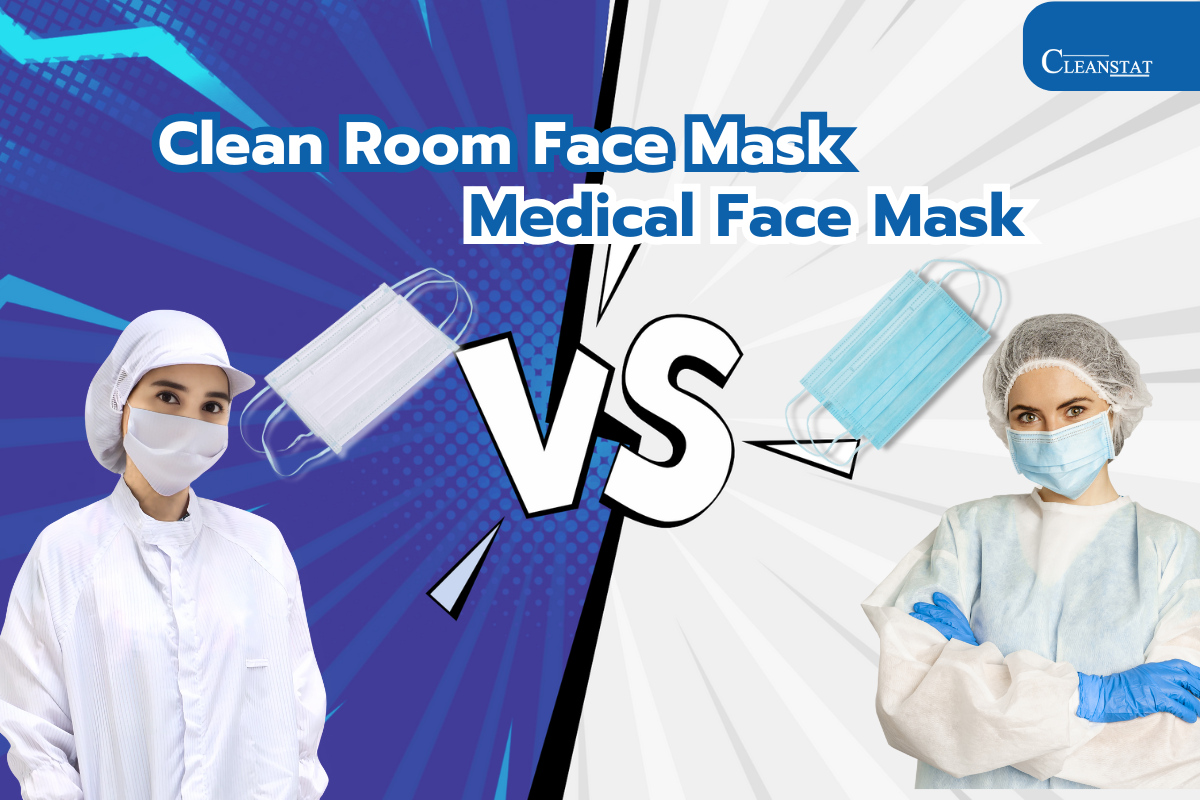ISO 14644 standards were established to enable operators to effectively maintain air quality levels and control particles in clean rooms. Following this standard not only ensures product quality but also reduces the risk of contamination that could affect production. To comply with ISO 14644 standards in a clean room, here are the essential steps
1. Control Temperature and Humidity Maintaining the right temperature and humidity levels is crucial to preserve an optimal clean room environment. Instability in temperature and humidity can lead to the accumulation of dust and contaminants in the air. HVAC (Heating, Ventilation, and Air Conditioning) systems are used to monitor and maintain the temperature within the set range, such as 20-25°C, while controlling relative humidity at 40-60%.
2.Control Pressure and Airflow Rates Maintaining proper pressure inside the clean room is key to preventing the intrusion of dust and outside air. ISO 14644 standards require a differential pressure between the clean room and the external environment of at least 10-15 Pa. This ensures that clean air flows out of the clean room rather than allowing external air to enter. Devices like dampers are used to adjust airflow rates in air ducts, which helps control air circulation as needed. Continuous monitoring of pressure and airflow is essential to ensure they remain within acceptable levels.
3.Control Lighting in the Clean Room Adequate and proper lighting is another important factor that affects work efficiency in the clean room. The lighting design should cover all areas to allow operators to work accurately and reduce the risk of errors. When selecting light bulbs or light sources, consideration should be given to their ability not to generate excessive heat, as high temperatures could lead to the formation of dust and particles in the air. The lighting level should be sufficient for clear visibility, typically between 500 and 1000 lux. Moreover, using flicker-free lighting is recommended to prevent operator fatigue during long working hours.
4.Control Dust Levels with Air Filtration Systems Dust levels in the clean room must be tightly controlled to prevent contamination from fine particles in the manufacturing process. High-quality air filtration systems, such as HEPA and ULPA filters, are used to remove particles smaller than 0.3 microns, with an efficiency rate of up to 99.995%. Installing filters in the ventilation system ensures that circulating air remains clean and free from dust. These filters should be regularly inspected and maintained, including replacing filters as needed and continuously monitoring filtration efficiency. A warning system should also be in place to notify when filters are deteriorating and need to be replaced.
Maintaining a clean room in compliance with ISO 14644 requires controlling multiple factors, including temperature, humidity, pressure, airflow rates, lighting, and the use of high-quality air filtration systems. Regular maintenance and monitoring are crucial to ensure the clean room continues to meet cleanliness and efficiency standards.










